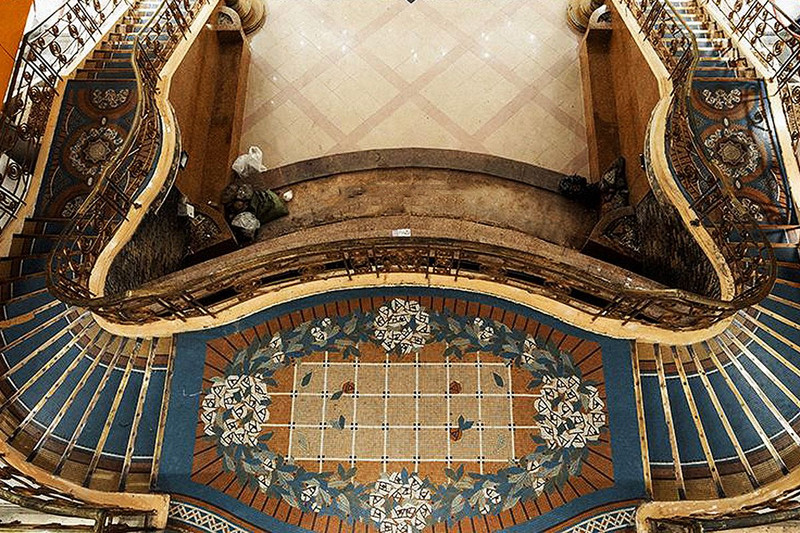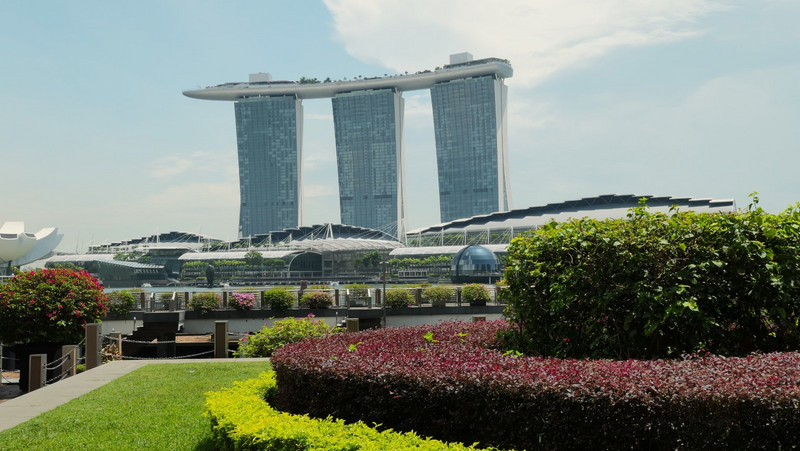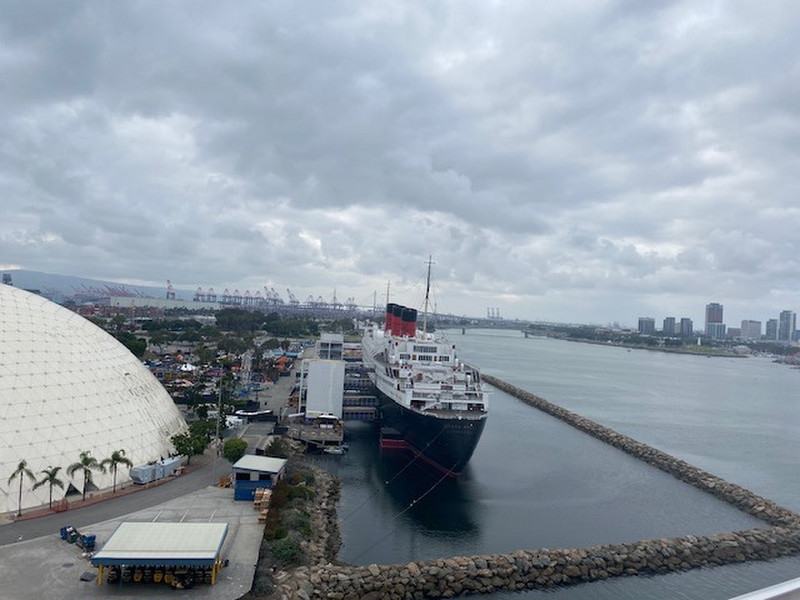Ho Chi Minh City has changed enormously since I first arrived in 2001. Skyscrapers – including the iconic Bitexco Financial Tower and Landmark 81, the tallest building in Vietnam and the building in the world - now dominate the citys skyline. So many old buildings and shops have been demolished in the name of progress. One building whose demise I lament is the Saigon Tax Centre on the corner of Le Loi and Nguyen Hue.
This morning, October 28th 2021, I read an article in Saigoneer about the old Tax Centre. Of especial interest was the description of the beautiful mosaic staircase that led from the ground up to the first floor.
I must have ascended and descended that staircase hundreds of times between 2001, when I arrived in HCMC, and 2014, when the Tax Centre was demolished. I used to buy groceries in the supermarket and go upstairs to buy shirts and ties. There were two escalators running parallel with the stairs, but I never used them, preferring to tread on the gorgeous mosaic steps while running my fingers over the burnished bronze of the handrails.(Stairs for escalators for philistines, fatties and women with small
children, I used to think.) I regret now taking that staircase for granted; little did I know its days were numbered. As Joni Mitchell sang, Dont it always seem to go / That you dont know what you got til its gone. Luckily, plenty of photographs of this outstanding artwork exist on the internet.
In 2014, construction workers began tearing apart the Saigon Tax Centre building to make way for a new development project that has yet to materialize. The ornate and instantly recognizable facade of the Tax Centre had been part of the architectural makeup of downtown Saigon for decades, so the decision to demolish it drew much criticism.
The Socit des Grands Magasins Coloniale purchased the land on the corner of Boulevards Charner (later Nguyen Hue) and Bonard (later Le Loi) in Saigon in 1921, and in the following year they began construction of the GMC store, which was similar in design to existing Grands Magasins Runis department store in Hanoi. The GMC was built over a period of two and a half years, from 1922 to 1924. Almost 90 years passed between its inauguration day on November 26th 1924 and its closing day,
Taking pride of place in the GMC/Tax Centre lobby was the grand mosaic with decorative bronze railings. The mosaic staircase was a prime example of the ancient mosaic art of zellij (الزليج), a specialty of the Moroccan city of Fes, created using tiny chips known as tessera (plural tesserae). The ancient craft of zellij dates back at least 1,200 years and is widely regarded as a pinnacle of human artisanship. One of the characteristic features of zellij is the geometric symmetry of the patterns.
A Professor of Archaeology from HCMC University has said that, as soon the new development on the site of the old Tax Centre is finished, the staircase will be reconstructed there in its original shape. The mosaic tiles, she said, have been kept intact since the dismantling of the Tax Centre, but some are broken; to replace them, new tiles will be imported from a factory in southern France.









